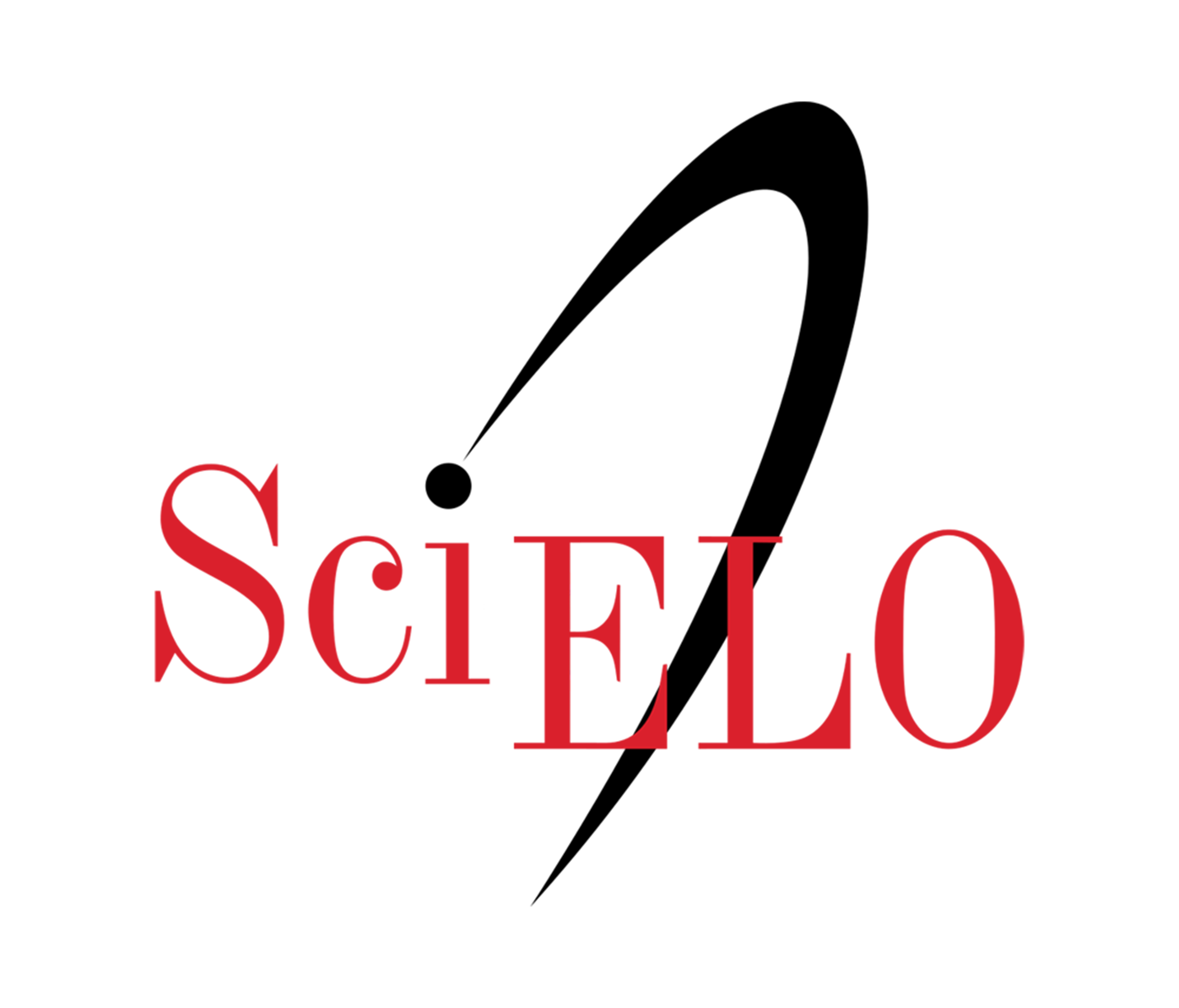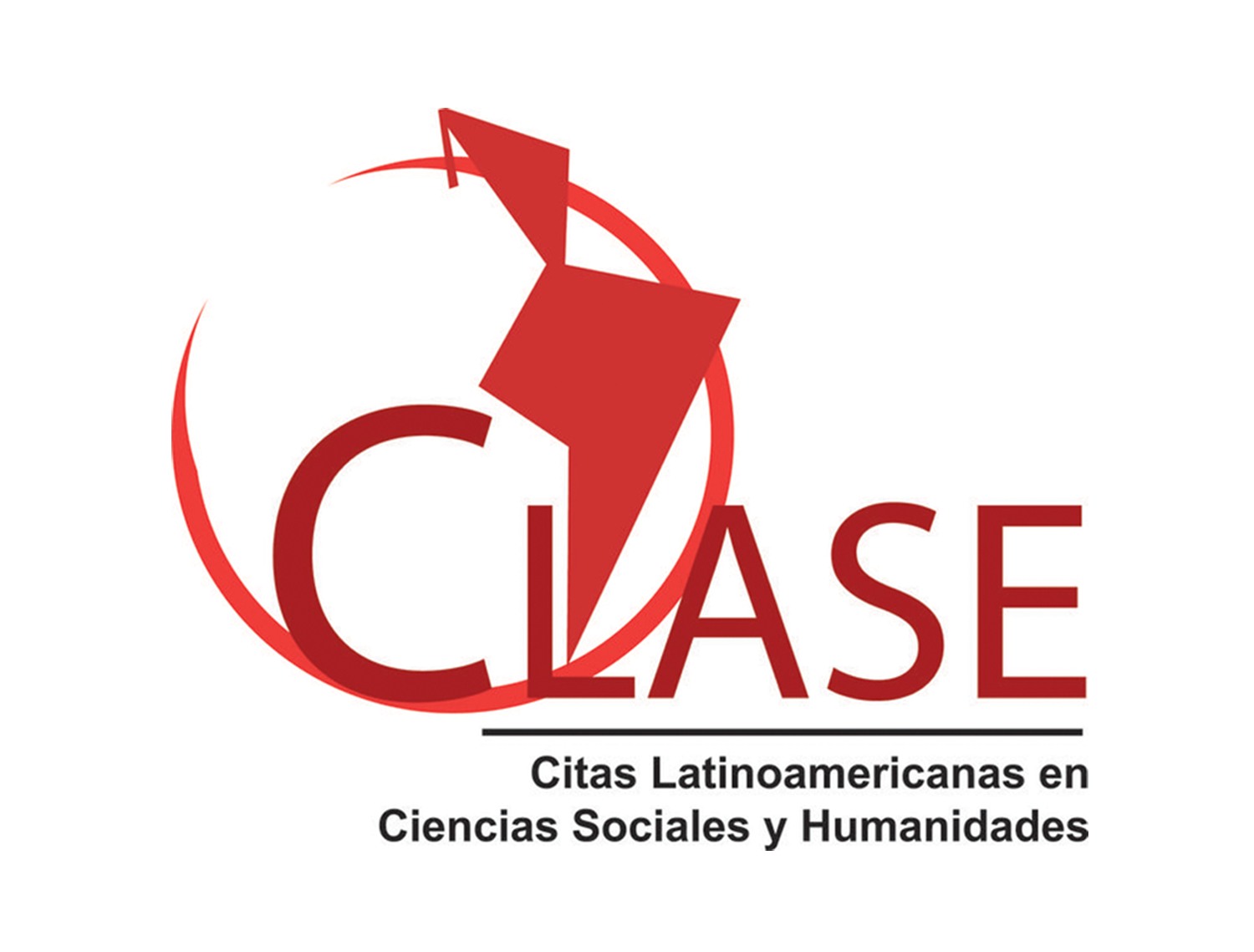Bala perdida na fronteira de cristal: legado, hesitações e contradições do inSITE / Bala perdida en la frontera de cristal: legado, vacilaciones y contradicciones de inSITE
Palabras clave:
arte, política, comunidade, identidade, fronteiraResumen
Este artigo investiga aspectos da mostra internacional inSITE, que entre 1992 e 2005 se dedicou ao espalhamento de projetos de arte nos espaços públicos da região de fronteira entre San Diego e Tijuana. Inicialmente formado por instituições de arte da região, o inSITE avançou paulatinamente na direção de sua emancipação institucional, consolidada com o inSITE97. Dez anos após a realização da última edição do inSITE (2005), o presente artigo analisa o processo de construção da mostra à luz das novas práticas de arte na esfera pública, evidenciando as contribuições, hesitações, ambiguidades e contradições diante do o contexto da fronteira. Articulado no campo da história da arte, com contribuições das ciências sociais e políticas, o artigo conclui pelo entendimento do inSITE como parte de um projeto de construção de identidade para San Diego, arquitetado por suas elites, que tenta manter a cidade descolada de uma percepção política da fronteira.Descargas
Los datos de descargas todavía no están disponibles.
Citas
Bhabha, H. K. (1992). Double visions. Artforum International, 30(5), 88.
Carreño, V. (2011). Máscaras, borderlines y fronteras en Javier Téllez. Bordes. Revista de Estudios Culturales, 2, 22-32.
Davis, M. (2003). The next little dollar: the private governments of San Diego. In M. Davis, K. Mayhew e J. Miller, Under the perfect sun: the San Diego tourists never see (pp. 17-158). Nova York: The New Press.
Doherty, C. (Ed.). (2011). Situation. Londres e Cambridge, Massachusetts: Whitechapel Gallery/The MIT Press.
Firstenberg, L. (2005). San Diego-Tijuana. Art Papers Magazine, 29(6), 60.
Foucault, M. (1986). Of other spaces. Diacritics, 16, 22-27.
Fuentes, C. (1999). A fronteira de cristal. Rio de Janeiro: Rocco.
Hennessy, A. (1978). The frontier in Latin American history. Londres: Edward Arnold.
Hertz, R. (1985). Theories of contemporary art. Englewood Cliffs, Nova Jersey: Prentice Hall.
Helguera, P. (2011). Education for socially engaged art: A material and techniques handbook. Nova York: Jorge Pinto Books.
Hollander, K. (1998). Crossover dreams. Art in America, 86(5), 46-51.
Huntington, S. P. (1996). O choque de civilizações e a recomposição da ordem mundial. Rio de Janeiro: Objetiva.
Huntington, S. P. (2004). Who are we? Nova York: Simon & Schuster.
inSITE (2005). inSITE_05 - Art practices in the public domain: San Diego-Tijuana. San Diego: inSITE. (22 brochuras dos projetos de arte da mostra).
Kester, G. H. (2011). The one and the many: Contemporary collaborative art in a global context. Durham e Londres: Duke University Press.
Kennedy, R. (2010, 23 de junho). Unlocking New York, one date at a time. New York Times, Art & Design, p. C1. Disponível em http://www.nytimes.com/2010/06/24/arts/design/24keys.html
Knauss, P. (2004). Oeste americano: quatro ensaios da história dos Estados Unidos da América. Niterói, Brasil: Eduff.
Knight, C. (1994, 1 de outubro). New borders costumes. The Los Angeles Times, p. F1.
Krichman, M. e Cuenca, C. (2002). Director’s statement. In inSITE. inSITE2000-2001: Parajes fugitivos / Fugitives Sites (editado por Osvaldo Sánchez e Cecília Garza). San Diego, California: Installation Gallery.
Kravagna, C. (2005). Working on the community: models of participatory practice. Disponível em http://www.republicart.net
Kwon, M. (2002). One place after another: site-specific art and locational identity. Cambridge, Massachusetts.: The MIT Press.
Lefebvre, H. (1991). The production of space. Oxford: Blackwell Publishers.
McEvilley, T. (1995). inSITE94. Artforum International, 33(10), 112.
Oliveira, L. S. (2015). O lugar da arte e o desprestígio do objeto artístico. In J. Cirillo e A. Grando (Orgs.). Poéticas da criação: mediações e enfrentamentos da arte (pp. 105-116). São Paulo: Intermeios.
Pincus, R. L. (1995). The invisible town square: Artists’ collaborations and media dramas in America’s biggest border town. In N. Felshin (Ed.), But is it art? The spirit of art as activism (pp. 31-49). Seattle, Washington: Bay Press.
Salas Quintanal, H. J. (2006). La “gente del desierto” en el norte de Sonora. Culturales, 2(3), 9-31.
Vergara-Vargas, E. (2008). inSITE-Specific: Three art projects on the Tijuana-San Diego border zone (Dissertação de Mestrado, Department of Art History, Concordia University, Montreal, Quebec, Canadá). Disponível em http://spectrum.library.concordia.ca/976102/1/MR45507.pdf
Carreño, V. (2011). Máscaras, borderlines y fronteras en Javier Téllez. Bordes. Revista de Estudios Culturales, 2, 22-32.
Davis, M. (2003). The next little dollar: the private governments of San Diego. In M. Davis, K. Mayhew e J. Miller, Under the perfect sun: the San Diego tourists never see (pp. 17-158). Nova York: The New Press.
Doherty, C. (Ed.). (2011). Situation. Londres e Cambridge, Massachusetts: Whitechapel Gallery/The MIT Press.
Firstenberg, L. (2005). San Diego-Tijuana. Art Papers Magazine, 29(6), 60.
Foucault, M. (1986). Of other spaces. Diacritics, 16, 22-27.
Fuentes, C. (1999). A fronteira de cristal. Rio de Janeiro: Rocco.
Hennessy, A. (1978). The frontier in Latin American history. Londres: Edward Arnold.
Hertz, R. (1985). Theories of contemporary art. Englewood Cliffs, Nova Jersey: Prentice Hall.
Helguera, P. (2011). Education for socially engaged art: A material and techniques handbook. Nova York: Jorge Pinto Books.
Hollander, K. (1998). Crossover dreams. Art in America, 86(5), 46-51.
Huntington, S. P. (1996). O choque de civilizações e a recomposição da ordem mundial. Rio de Janeiro: Objetiva.
Huntington, S. P. (2004). Who are we? Nova York: Simon & Schuster.
inSITE (2005). inSITE_05 - Art practices in the public domain: San Diego-Tijuana. San Diego: inSITE. (22 brochuras dos projetos de arte da mostra).
Kester, G. H. (2011). The one and the many: Contemporary collaborative art in a global context. Durham e Londres: Duke University Press.
Kennedy, R. (2010, 23 de junho). Unlocking New York, one date at a time. New York Times, Art & Design, p. C1. Disponível em http://www.nytimes.com/2010/06/24/arts/design/24keys.html
Knauss, P. (2004). Oeste americano: quatro ensaios da história dos Estados Unidos da América. Niterói, Brasil: Eduff.
Knight, C. (1994, 1 de outubro). New borders costumes. The Los Angeles Times, p. F1.
Krichman, M. e Cuenca, C. (2002). Director’s statement. In inSITE. inSITE2000-2001: Parajes fugitivos / Fugitives Sites (editado por Osvaldo Sánchez e Cecília Garza). San Diego, California: Installation Gallery.
Kravagna, C. (2005). Working on the community: models of participatory practice. Disponível em http://www.republicart.net
Kwon, M. (2002). One place after another: site-specific art and locational identity. Cambridge, Massachusetts.: The MIT Press.
Lefebvre, H. (1991). The production of space. Oxford: Blackwell Publishers.
McEvilley, T. (1995). inSITE94. Artforum International, 33(10), 112.
Oliveira, L. S. (2015). O lugar da arte e o desprestígio do objeto artístico. In J. Cirillo e A. Grando (Orgs.). Poéticas da criação: mediações e enfrentamentos da arte (pp. 105-116). São Paulo: Intermeios.
Pincus, R. L. (1995). The invisible town square: Artists’ collaborations and media dramas in America’s biggest border town. In N. Felshin (Ed.), But is it art? The spirit of art as activism (pp. 31-49). Seattle, Washington: Bay Press.
Salas Quintanal, H. J. (2006). La “gente del desierto” en el norte de Sonora. Culturales, 2(3), 9-31.
Vergara-Vargas, E. (2008). inSITE-Specific: Three art projects on the Tijuana-San Diego border zone (Dissertação de Mestrado, Department of Art History, Concordia University, Montreal, Quebec, Canadá). Disponível em http://spectrum.library.concordia.ca/976102/1/MR45507.pdf
Descargas
Publicado
2017-09-29
Cómo citar
de Oliveira, L. S. (2017). Bala perdida na fronteira de cristal: legado, hesitações e contradições do inSITE / Bala perdida en la frontera de cristal: legado, vacilaciones y contradicciones de inSITE. Culturales, 5(2), 01–37. Recuperado a partir de https://culturales.uabc.mx/index.php/Culturales/article/view/525
Número
Sección
Artículos
Licencia
Culturales permite compartir, copiar y redistribuir el material en cualquier medio o formato; adaptar, remezclar, transformar y crear a partir del material para cualquier propósito, incluso comercialmente, dando crédito a la obra de manera adecuada y proporcionando un enlace a la licencia indicando si se han realizado cambios.
Culturales se encuentra bajo la Licencia Creative Commons Atribución 4.0 Internacional (CC BY 4.0)


















